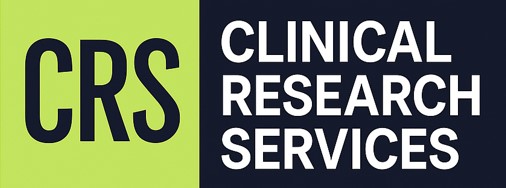🧠 5 Essential Tips for Developing an Effective Clinical Trial Protocol
Creating a strong clinical trial protocol is essential for ensuring scientific credibility, ethics approval, and successful study execution. In this post, we share five expert tips — from refining your research question and defining clear endpoints to planning data collection and writing with ethics committees in mind. Whether you're designing a pilot study or a Phase III trial, these practical insights will help you streamline your process and avoid common delays.
.jpg)
Designing a clinical trial protocol can feel like assembling a 500-piece puzzle — every detail matters, and one misstep can delay ethics approval, recruitment, or funding. Whether you're developing a Phase I feasibility study or a large-scale Phase III trial, your protocol is the foundation.
Here are five practical, research-informed tips to help you craft a protocol that is clear, compliant, and recruitment-ready.
- 1. Start with a Clear, Specific Research Question
Everything begins here.
A well-defined research question not only guides your study design but also ensures your trial has real-world value. Use frameworks like PICO (Population, Intervention, Comparator, Outcome) to structure your question.
✅ Ask yourself:A clear question will naturally shape your primary outcome and keep your protocol focused.
2. Define Endpoints Early — and Be PreciseEndpoints should be measurable, objective, and statistically justified. They’re the outcomes that determine your trial’s success or failure — so ambiguity is your enemy.🔍
Instead of saying: “We aim to improve patient outcomes,”
say: “We aim to reduce tumour size progression by ≥30% within 12 weeks as measured by RECIST criteria.”Also, define how and when data will be collected for each endpoint. This will make your protocol more review-ready for ethics committees and funding bodies.
3. Balance Your Eligibility Criteria
One of the biggest recruitment killers? Overly strict inclusion/exclusion criteria.
💡 Tip: Run a quick feasibility check with clinicians or database records.
Too narrow = slow recruitment.
Too broad = confounding results.
Find that sweet spot — and justify it in your protocol.
4. Integrate Data Collection and Management Early
Many protocols overlook the importance of structured data capture. Define early:
- What data you’ll collect
- How (paper CRF, REDCap, eCRF)
- Who will collect it
- Where and how it will be stored
Not only does this help with consistency and GCP compliance, it also makes database design and statistical analysis smoother later on.
🔐 Bonus tip: Create a data dictionary or mock CRF while writing your protocol — it saves time and reduces rework.
5. Design for Ethics and Governance Success
Don’t write your protocol in a vacuum — write with your ethics committee in mind.
Common reasons protocols get bounced back:
- Jargon-heavy language in the participant information
- Lack of justification for riskier interventions
- Vague safety reporting plans
✅ Solutions:
- Include a clear justification for the study design
- Use lay-friendly summaries in participant sections
- Clearly define adverse event management and stopping rules
💬 Call-to-Action
Need Expert Help with Your Protocol?
We offer protocol development, ethics submission support, and REDCap database design — with turnaround in as little as 48 hours.






